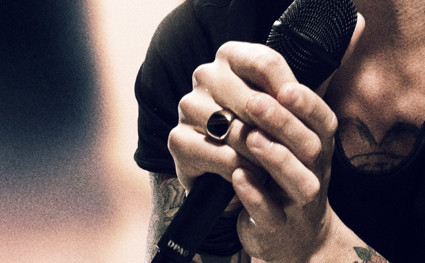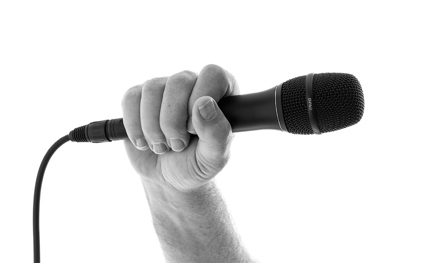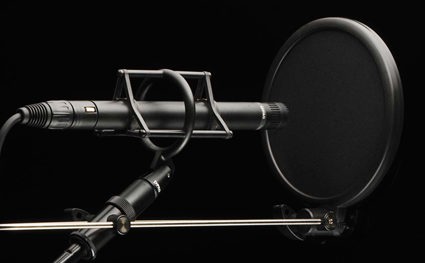15 points to consider when choosing a vocal mic
Not all vocal microphones are made equal, so finding the right one for your specific needs is important. There are many key attributes you should consider when choosing your mic. Look at the following points and make sure you actively consider the ones that are most important for your situation.
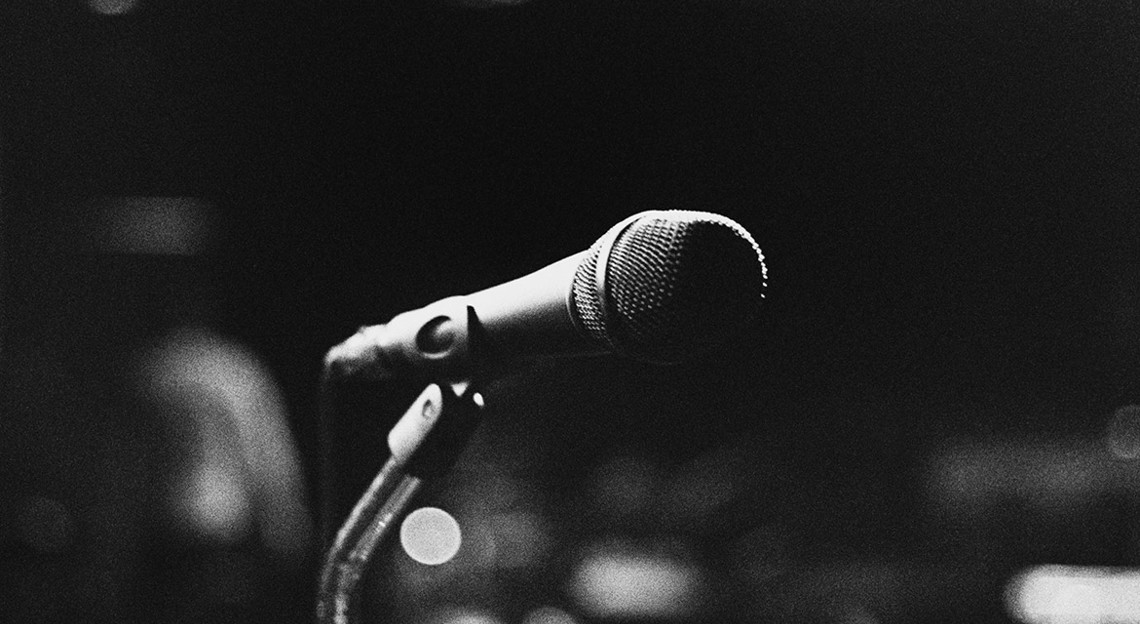
Once you decide what the perfect vocal mic should do for you, then you can evaluate various options and find the one that fits your needs the best.
Audio transparency
The microphone output should provide a complete representation of the talent's voice, even without EQ'ing. Check the specs: At a short distance, i.e., 12 cm, the frequency response should be neutral.
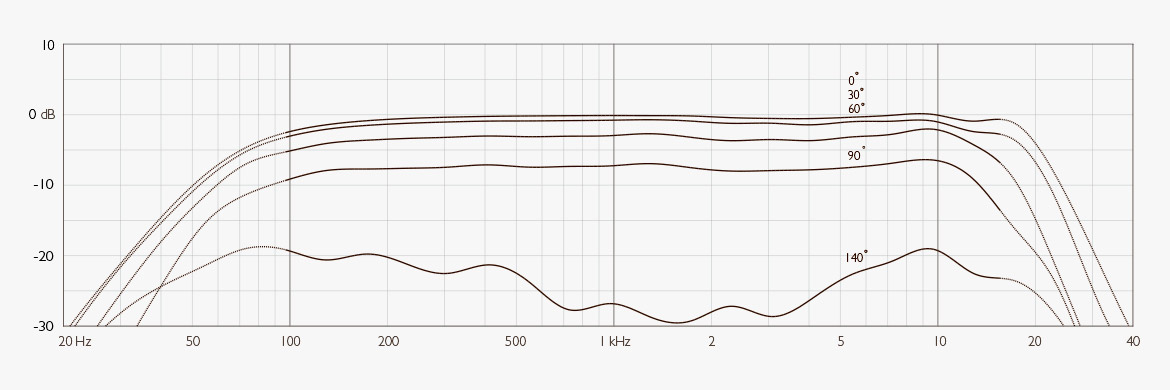
Frequency-independent directionality
The microphone's pickup pattern – the frequency sensitivity around the microphone - should be ideal for the stage.
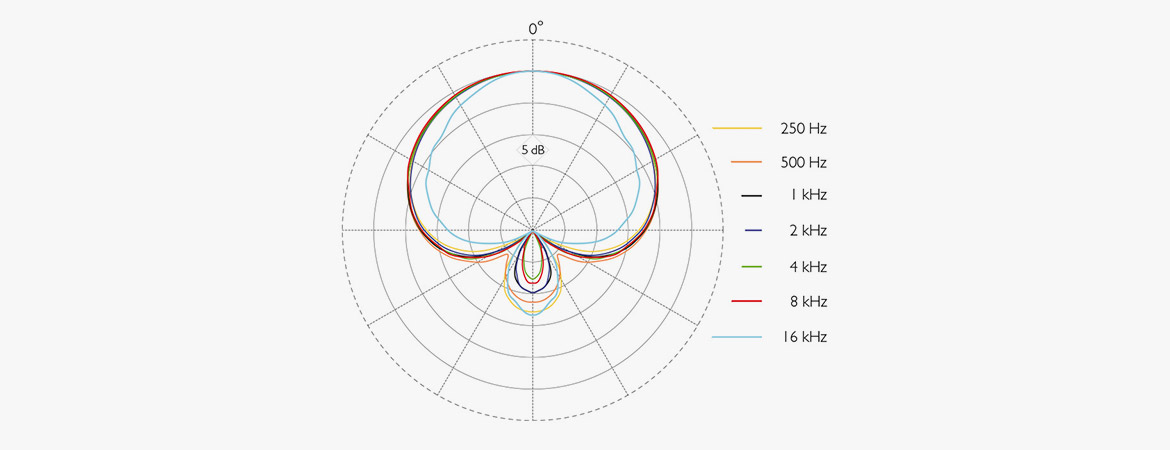
Notice: Highly-directional microphones, like supercardioids, exhibit more proximity effect (low-frequency gain) than cardioid mics. Omnidirectional microphones pick up evenly from all sides but don't suffer from the proximity effect.
Easy to EQ
When you equalize the vocal, you should feel that whatever you do on the filter, the timbre of the sound, reacts to your action.
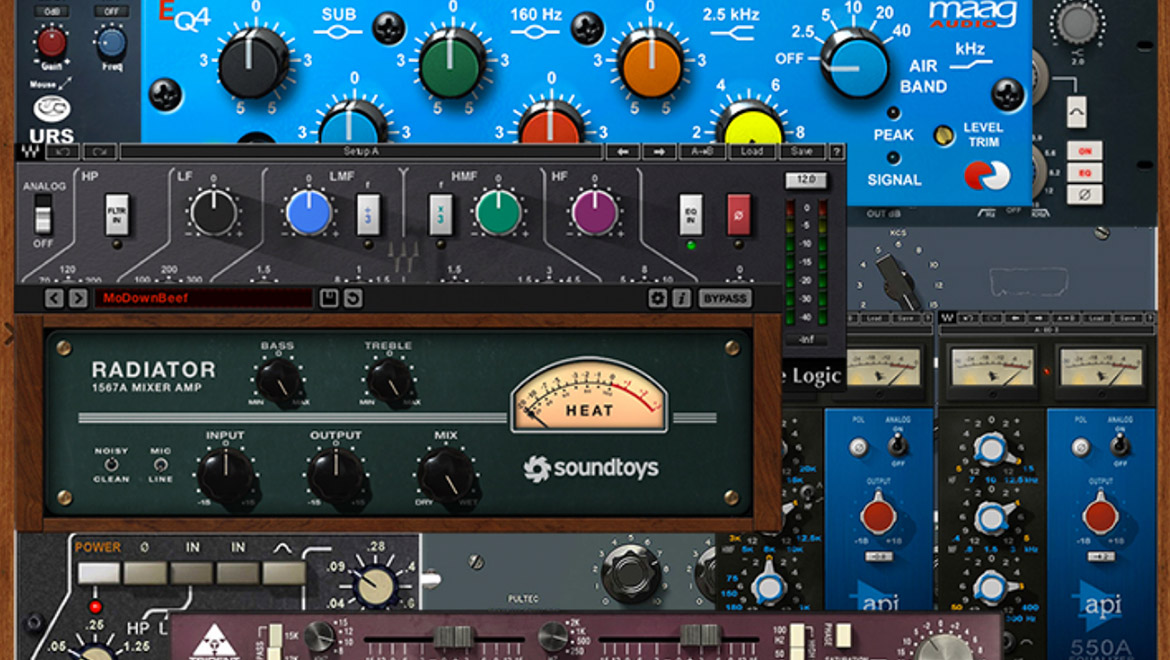
High sound pressure level (SPL)
Vocals can get loud when close to the mic! (>150 dB SPL!) Ensure that the mic (and the entire audio chain) can manage loud sound pressure.
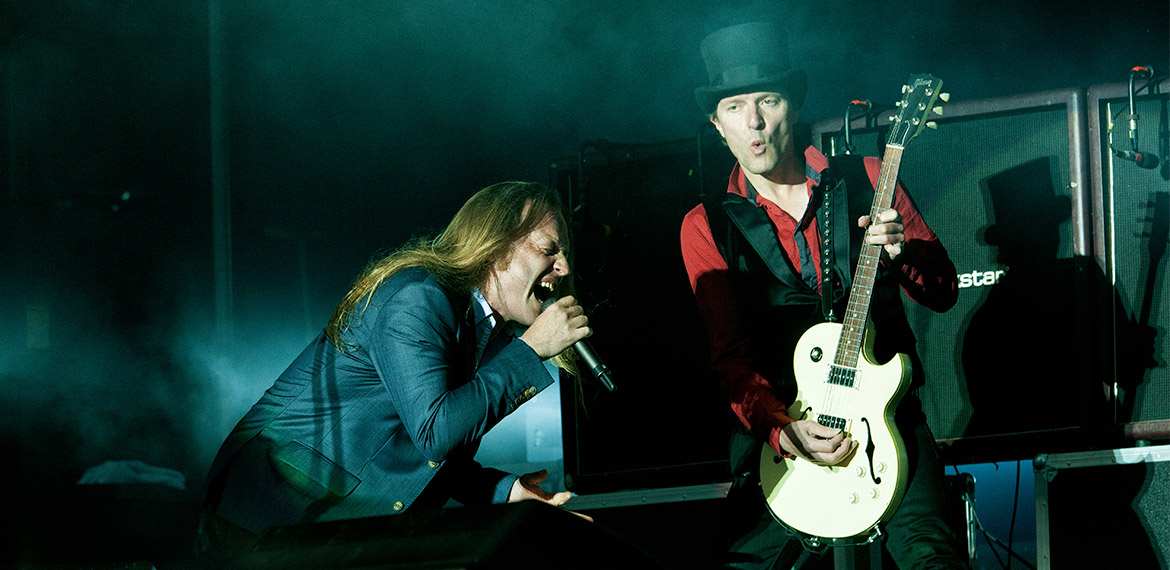
Clarity
The voice must be reproduced to preserve voice contours and characteristics. The voice should never sound muffled.
Intelligibility
Intelligibility is necessary no matter the talent is singing or speaking.
Good grip
The talent should feel confident and relaxed when holding the microphone. The hands must not feel tired, even after holding the mic for hours. Two important things to consider are the shape of the handle and the amount of friction on the surface. These characteristics contribute to the comfort of using the microphone for long periods of time.
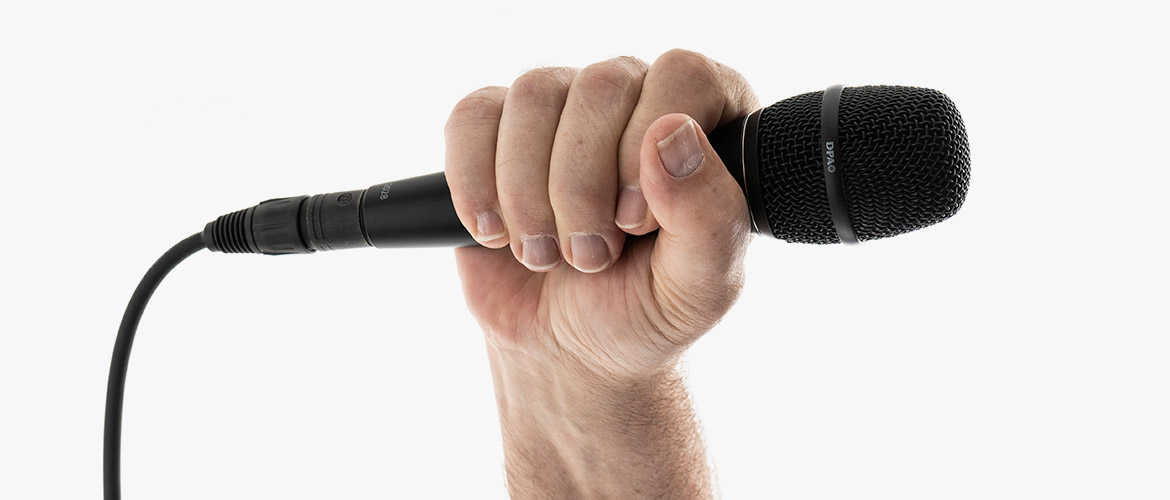
Low sensitivity to handling noise and vibrations
The sensitivity to mechanical vibration should be negligible. Especially when you place the microphone in a holder on a stand, stage vibrations may be picked up through the system and color your sound (low end rumble).
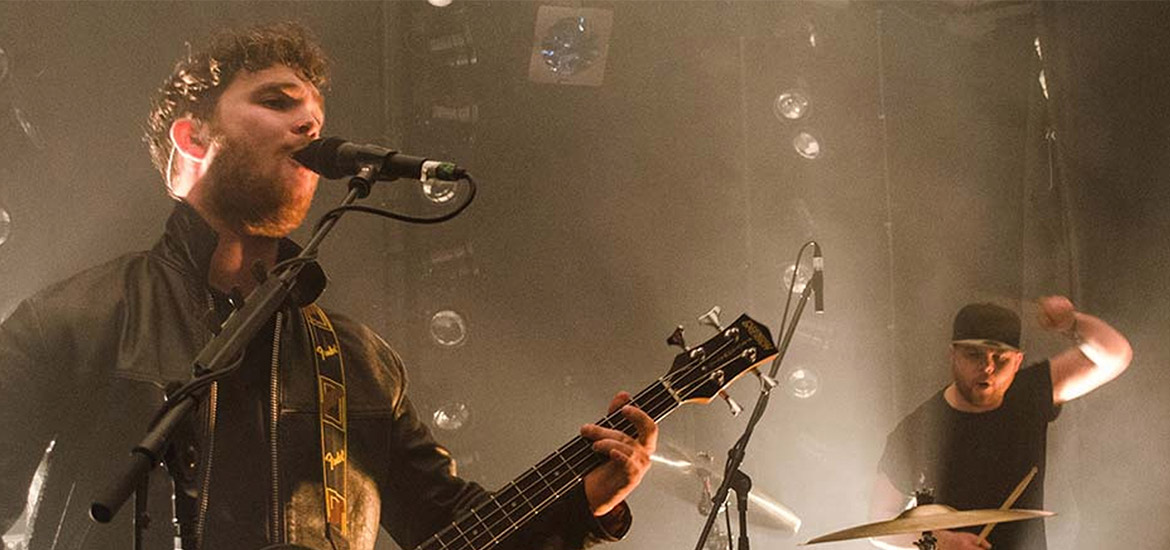
Low sensitivity to cable noise
If using a heavy and stiff cable, the vibrations may transfer through the cable and into the capsule if not properly isolated. This can cause unwanted noise.
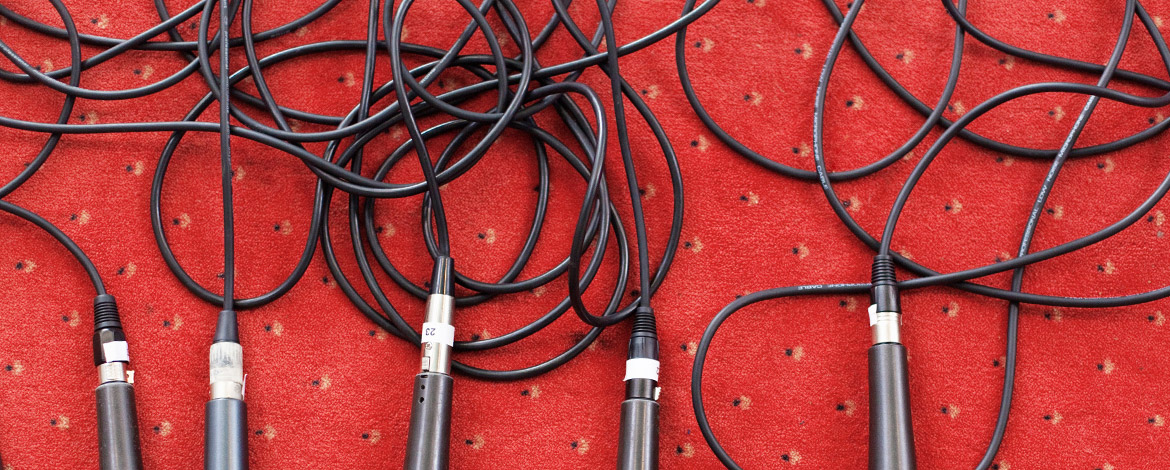
Resistant to feedback
There is a risk of acoustic feedback when the microphone is close to loud stage monitors or in front of loudspeakers. Therefore, the mic needs to have a high rejection range.
Please note: Cupping the microphone (covering the capsule) increases the risk for feedback.
No pop or wind noise
Pop protection (against plosives) and protection against wind noise should be very high. This is usually obtained by a well-designed grid supported with proper shields beneath the grid.
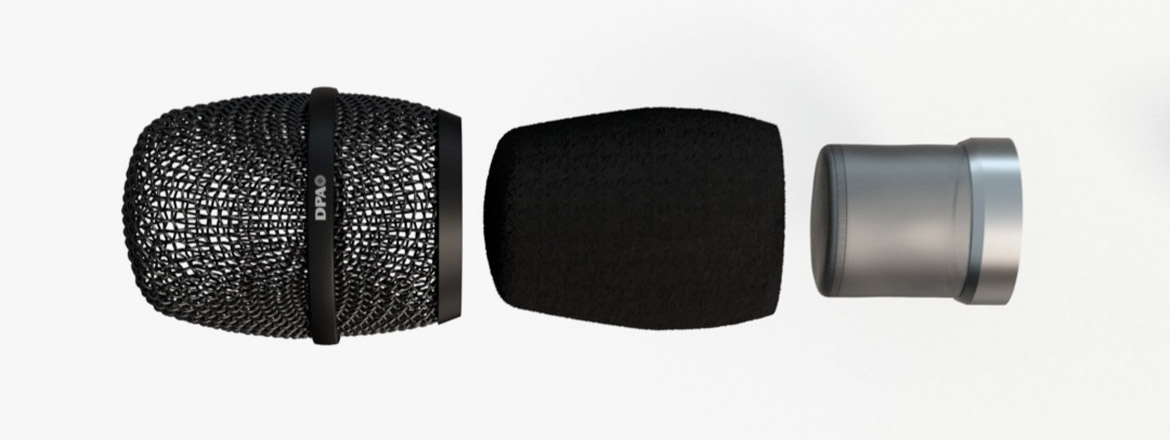
Rugged construction, durable materials
It is possible for the talent to drop the mic and if this happens, the mic should be able to survive the drop. Grids may become deformed, but the capsule should stay safe and continue working.
Impervious to rain and humidity
Humidity is a problem when it rains. Also, condensed humidity due to cold storage can be a problem. Make sure the mic can handle humidity.
Cabled or wireless
Ideally a good microphone, should be available for cable and wireless connections.
Haptic feedback
Microphones that provide users with haptic feedback promote feelings of trust and security during use. When using an XLR connector, the plug is potentially a weak point. A mic that gives you an audible and tactile “click” when you connect the cable, gives confidence that the connection is safe – locked in place.
In conclusion
DPA Microphone has two handheld vocal microphones that might fit your live stage needs.
Error loading Partial View script (file: ~/Views/MacroPartials/TaggedProducts.cshtml)The 2028 Vocal Microphone is designed for the unique challenges of live stage performances. It is a rugged, professional condenser mic, which captures transparent vocals. Use it wired or together with your favorite wireless system, either way, just plug it in and hear the vocals shine like never before.
Error loading Partial View script (file: ~/Views/MacroPartials/TaggedProducts.cshtml)The d:facto™ Series brings true studio sound to the live stage and broadcasting studio. Available in an extremely linear version (d:facto™ VL) as well as in a version with a high-end boost (d:facto™ 4018V). The modular nature of the d:facto™ series allows you to switch the capsule as well as the adapter, making it the most flexible vocal microphone available on the market.
